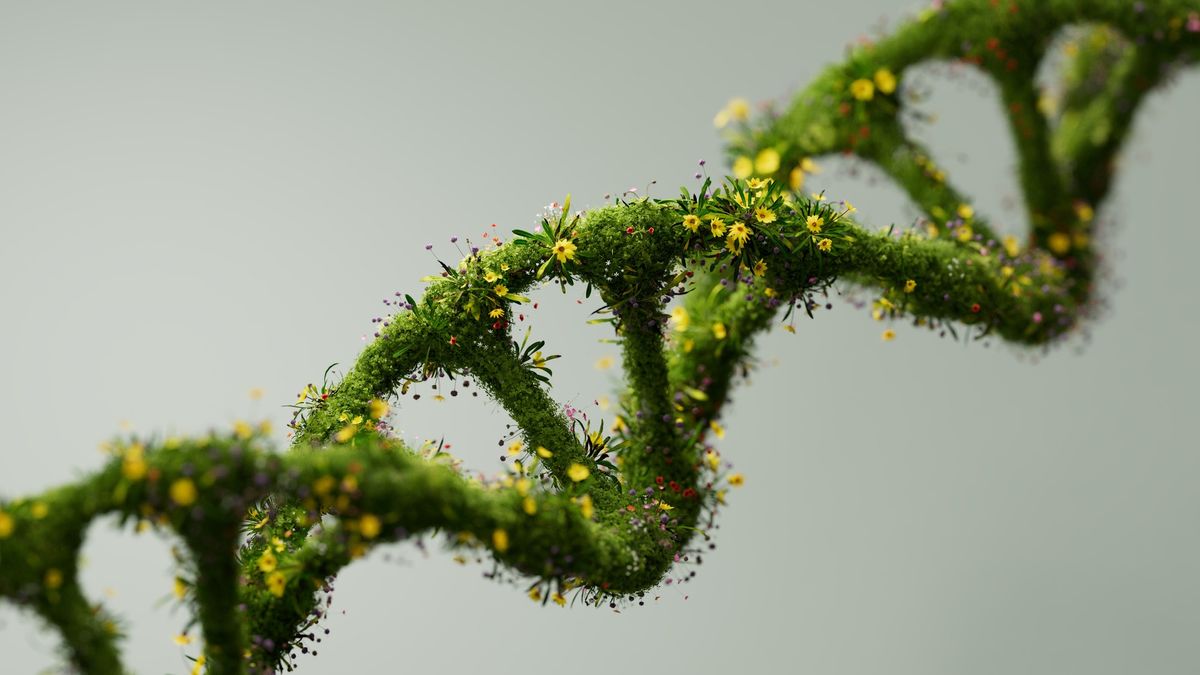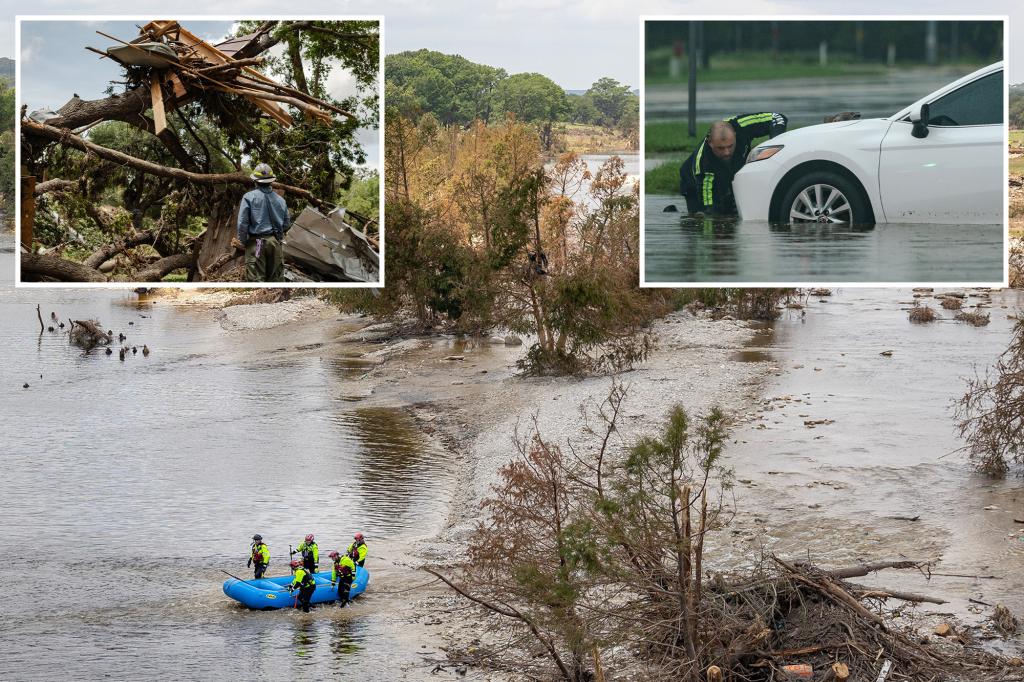Resilient Creatures: How Animals Are Adapting to a Changing Climate
As the world faces the pressing realities of climate change, it’s easy to feel overwhelmed by the dire predictions for our planet’s future. However, amidst the gloom, there’s a silver lining: many animal species are showcasing remarkable resilience and adaptability in the face of an uncertain environment. This article delves into the innovative survival strategies of these resilient creatures, highlighting how they are navigating the challenges posed by a rapidly changing climate.
The Impact of Climate Change on Wildlife
Climate change is reshaping ecosystems globally, shifting weather patterns, altering habitats, and affecting food availability. Some of the most significant impacts include:
- Rising Temperatures: Many species are struggling to cope with increasingly hot conditions, which can lead to heat stress and altered breeding seasons.
- Changing Precipitation Patterns: Droughts and floods alter the availability of freshwater resources, impacting both flora and fauna.
- Loss of Habitat: Rising sea levels and deforestation reduce available habitats for countless species.
- Shifts in Food Sources: As plant and animal life cycles change, food webs are disrupted, forcing species to adapt or perish.
Despite these challenges, many resilient creatures are proving to be adaptable, employing a range of strategies to survive and thrive in their changing environments.
Innovative Adaptation Strategies in Resilient Creatures
Across the globe, animals are exhibiting extraordinary adaptations to cope with the stresses of climate change. Here are some fascinating examples:
1. Behavioral Changes
Many species are altering their behaviors in response to climate fluctuations. For instance, some birds are shifting their migratory patterns, arriving at breeding grounds earlier as spring temperatures rise. The American Robin, for instance, has been noted to start nesting earlier than in previous decades. This behavioral flexibility allows them to take advantage of food availability and optimal breeding conditions.
2. Physiological Adjustments
Physiological adaptations are also on the rise. Some species are developing heat tolerance through changes in their metabolic processes. The desert-dwelling Gila monster has been observed to increase its burrowing behavior during hotter months, seeking refuge underground to escape the searing heat.
3. Altered Reproductive Strategies
Climate change influences reproductive strategies as well. For example, some fish species are spawning earlier in the year to align with the peak availability of food sources for their young. The Atlantic salmon has displayed such adaptability, adjusting its spawning timing in response to warmer water temperatures.
4. Migration and Range Shifts
As habitats change, many animals are migrating to new areas in search of suitable living conditions. The Monarch butterfly, known for its long-distance migration, is shifting its range northward as temperatures rise. This change allows them to find suitable breeding habitats, helping to maintain their populations despite environmental pressures.
Examples of Resilient Creatures
The following species exemplify resilience and adaptability in the face of climate change:
- Polar Bears: As Arctic ice melts, polar bears are adapting by increasing their hunting range and dietary flexibility, incorporating more land-based food sources into their diet.
- Coral Reefs: While many corals are struggling, some species exhibit resilience through adaptive bleaching, allowing them to survive higher temperatures by expelling stressed algae and hosting more heat-tolerant strains.
- Urban Wildlife: Animals such as raccoons and pigeons are thriving in urban environments, adapting their behaviors to navigate human-dominated landscapes effectively.
The Role of Conservation Efforts
While many animals are demonstrating incredible resilience, human intervention can significantly enhance their chances of survival. Conservation efforts play a crucial role in providing these resilient creatures with the support they need to adapt and thrive. Strategies include:
- Habitat Restoration: Rehabilitating damaged ecosystems can provide animals with the necessary resources to survive.
- Protected Areas: Establishing wildlife reserves can safeguard critical habitats from human encroachment and help maintain biodiversity.
- Research and Monitoring: Continuous research helps us understand how species adapt and allows for timely interventions when necessary.
Looking Ahead: A Call for Optimism
The narratives of these resilient creatures remind us that hope exists even in the face of adversity. While the challenges posed by climate change are real and pressing, the ability of many species to adapt offers a glimmer of optimism. By supporting conservation initiatives, reducing our carbon footprints, and advocating for sustainable practices, we can help ensure that these remarkable animals continue to thrive in an ever-changing world.
Conclusion
As we navigate the complexities of climate change, it’s essential to recognize the incredible adaptability of wildlife. Resilient creatures are not just surviving in a changing climate; they are evolving and finding innovative solutions to thrive. By understanding their strategies and supporting conservation efforts, we can foster a healthier planet for all living beings. Together, we can contribute to a future where both humans and resilient creatures coexist harmoniously in a balanced ecosystem.
See more Your Daily Weather



